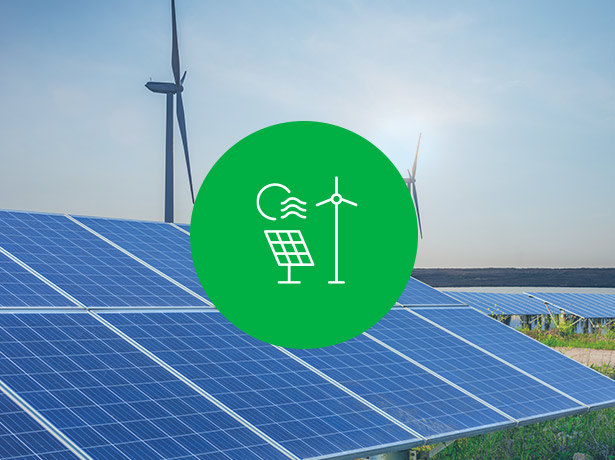Energy originates from a variety of sources, serves a multitude of purposes, and can be both consumed and produced. It can also be converted from one form to another, helping us do most everything in our day-to-day lives, including manufacture products and power our buildings.
The industrial sector accounts for 37% of all global energy used (https://www.iea.org/energy-system/industry in 2022) and our buildings represent about 30% of final global energy used (https://www.iea.org/data-and-statistics/charts/final-energy-consumption-of-buildings-relative-to-other-sectors-2022). Reflecting on these numbers, the production of building products, particularly how they can save energy, has a critical impact. Within the built environment, energy sources can include fossil fuels such as natural gas, petroleum, and coal, or come from renewable sources such as solar photovoltaic systems, wind, geothermal, or hydro. Energy use also directly impacts greenhouse gas emissions during carbon accounting, primarily CO2 released into the atmosphere through fossil fuel combustion. Understanding the complexities of energy use as well as where efficiency opportunities exist in the built environment allows designers, builders, operators, and manufacturers to implement strategies and make decisions which will reduce consumption throughout a project’s life cycle.


